H-Harness v Norwegian Dog Harness
The traditional 'H' shaped dog harness has been around for decades, with good reason. It is the perfect shape to avoid muscle and skeletal problems in harness wearing dogs. An H-harness keeps your dog's shoulders and front legs free from restriction, ensuring a natural and free range of movement for their muscles and joints.
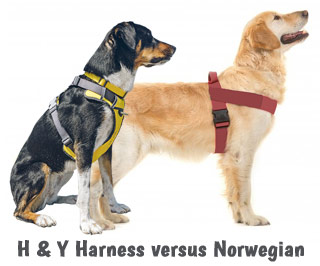
This tried and tested style of harness is described as an H-harness because of the shape it makes when viewed from the side. They are also called Roman dog harnesses. However, some people also refer to this design of harness as a Y-harness because when looking at it from the front on the dog, a Y-shape is formed.
So what is there to discuss? Well, as you may have noticed, there is a new trend in dog harnesses that started a few years ago. With a solid horizontal band across the front of the dog's chest, I am sure you have all seen these types of dog harness when out and about or shopping for dog accessories.
However, you may have also seen the controversy over this new style of harness, especially regarding a dog's range of movement and potential long term muscle and skeletal damage.
So let's look into this, to see if these fears have any substance.
Why is an H-harness so good?
A good fitting and well designed dog harness should not impede your dog's chest or shoulders as they move (whether on or off lead) and it is clear that a 'Y' shaped harness or H-harness is an easy way to achieve this. These dog harnesses also keep your dog's neck free from stress and strain. The harness rests on the thorax with the centre of the 'Y' on the dog's chest-bone.
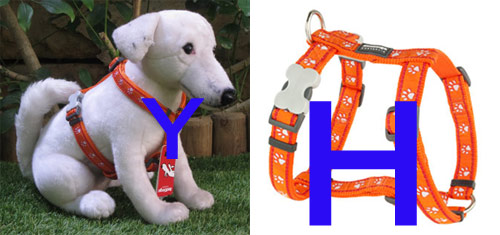
Many feel, for these reasons, that H or Y shaped dog harnesses are preferable to designs that go across the dog's chest, which are often referred to as Norwegian harnesses. Also, because a Y-harness or H-harness sits so comfortably on the dog without restriction, you will find dogs (even dogs who have resisted wearing a harnesses in the past) will be much more willing to wear one as it will fit naturally and comfortably.
H or Y Harness versus Norwegian Harness
Unlike humans, a dog's shoulder blades (scapula) are not situated on their back; they are at the top of the front legs so are actually on the sides of the dog. Why does this matter? With this anatomical knowledge you can start to see why various harness shapes and styles can be good or bad for a dog's health and movement.
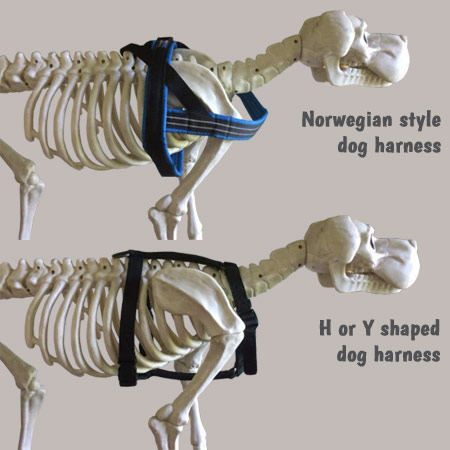
In the image above you can see the impact of each style of harness on a dog's skeleton and therefore their gait. Note where the dog's shoulder blades are, at the top of the dog's front legs. The Norwegian style of dog harness clearly impedes the dog's shoulder and movement at the top of the front leg. This can be uncomfortable and over time could cause damage to the dog's shoulder joint.
In the same image above you can see how the H-harness (also known as a Y-harness) leaves the scapula and front leg free, allowing for a normal and natural range of movement.
Hindered movement - video demonstration
As we have discussed, dog harnesses with a horizontal strap across the front of the dog's chest have become incredibly popular over the past few years. Many claim that no harm is done, especially the largest manufacturer of this type of harness, but this hindered movement is actually very clear to see in this YouTube video by Dutchie Daemon. We really recommend watching it (please see below).
The start of the video shows a dog's natural movement when walking freely (harness free) followed by the dog wearing various H (Y) harnesses. Then the dog is filmed wearing a Norwegian design of harness and the restricted movement is very noticeable. See how the dog's shoulder blades and front legs are hampered and see how much shorter the dog's stride becomes as they no longer have a full range of movement.
Buying a dog harness
When buying a harness for your dog, be sure to check where the harness sits on your dog and whether it restricts their movement in any way. An ill fitting or poorly designed dog harness, in any shape or design, can do more harm than good if it is sitting on all the wrong parts of your dog or concentrating force and stress in one area. In general an H-harness or Y-harness is the easiest to adjust and fit without fear of making mistakes.
To view our full range of dog harnesses, please visit Dog Harnesses.

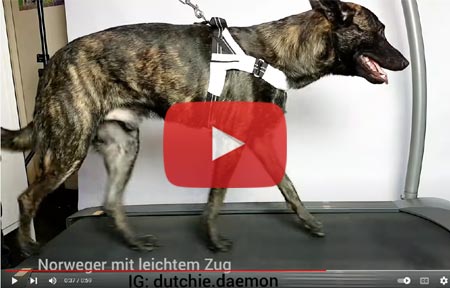
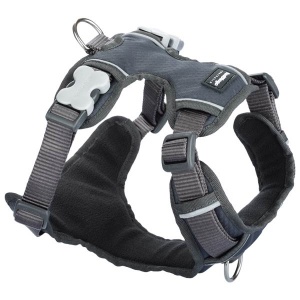
.jpg)
.jpg)
.jpg)
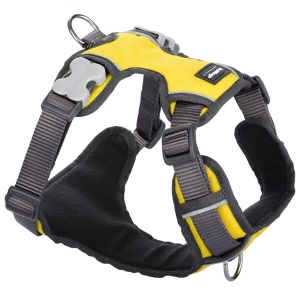
.jpg)
.jpg)
.jpg)
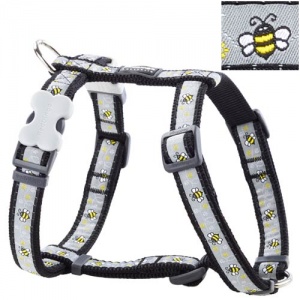
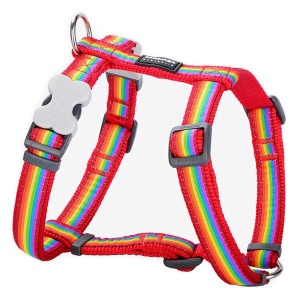
.jpg)
.jpg)
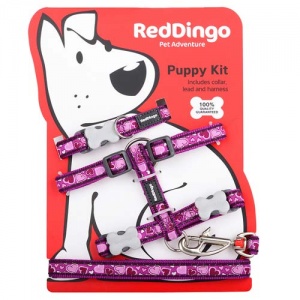
.jpg)
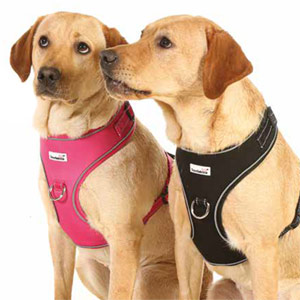
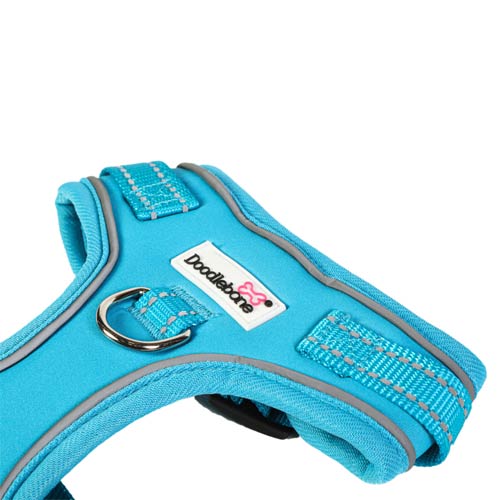
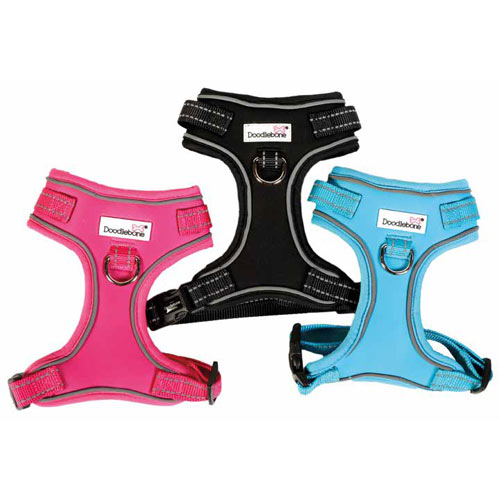
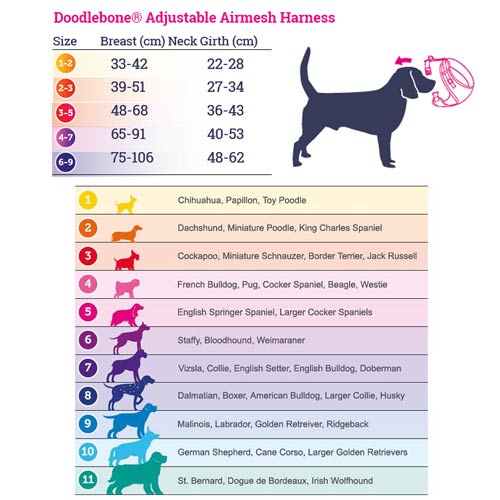
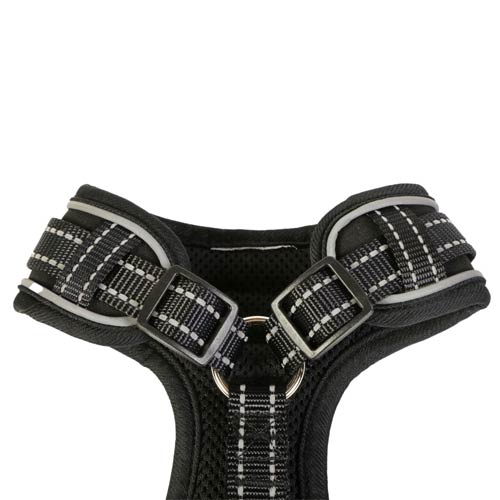
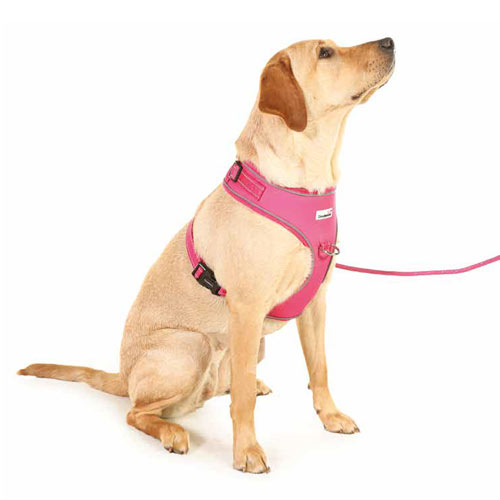
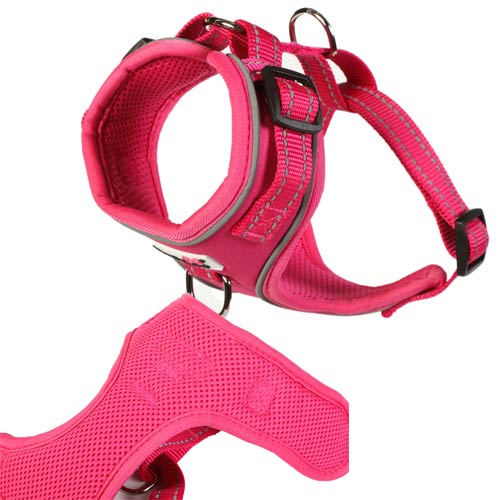
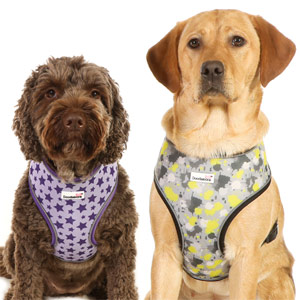

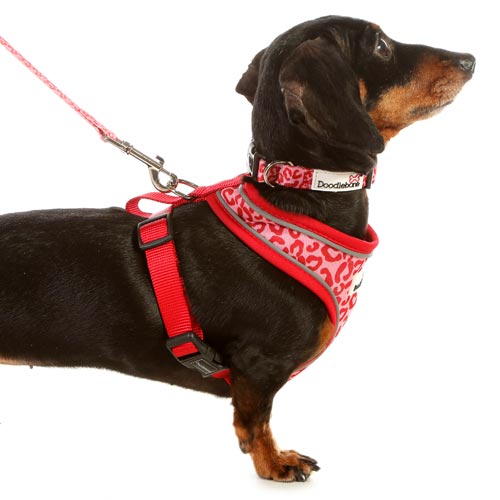
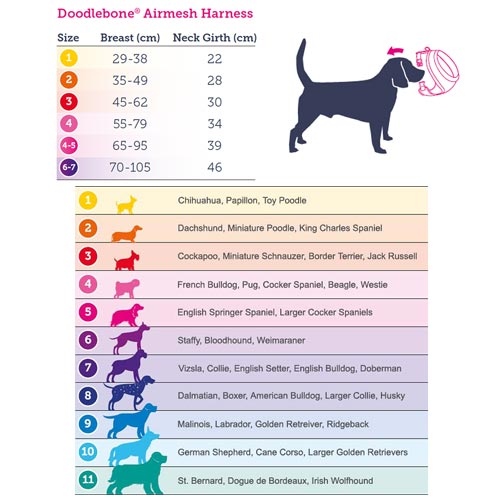
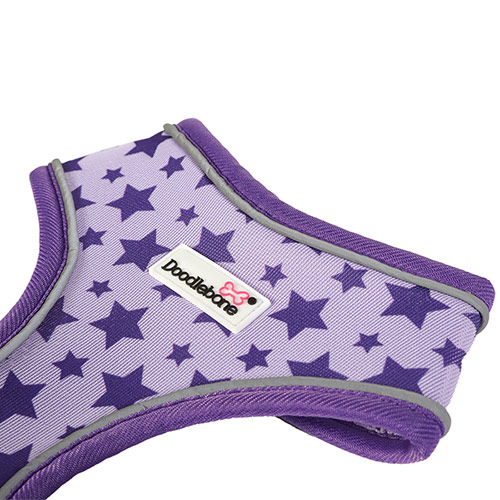
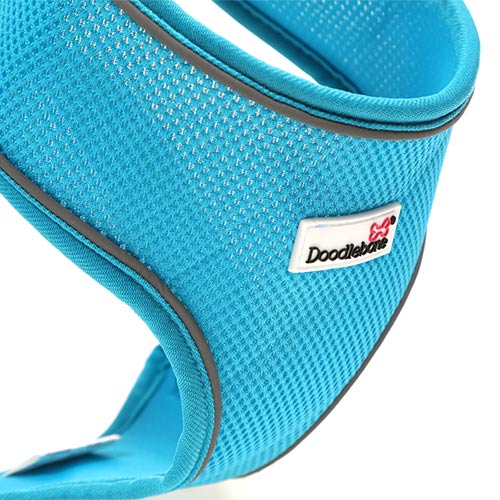
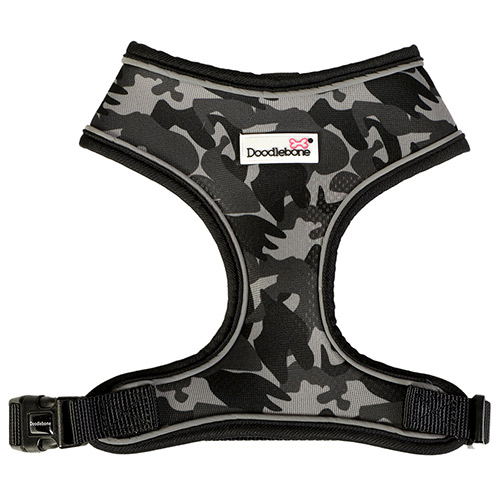
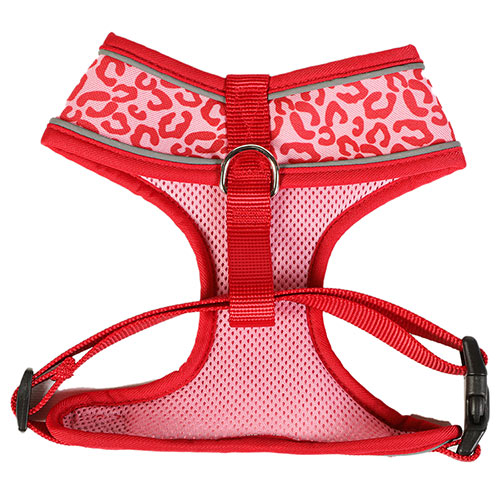
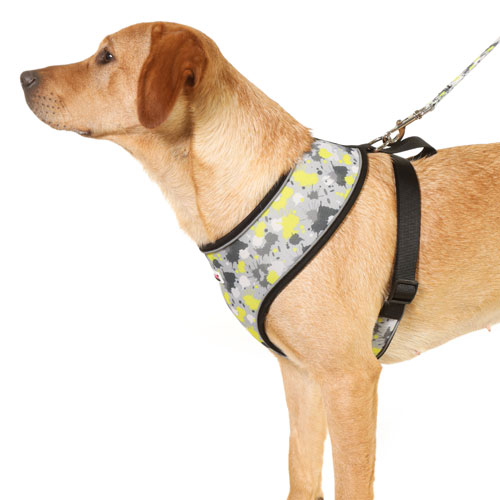
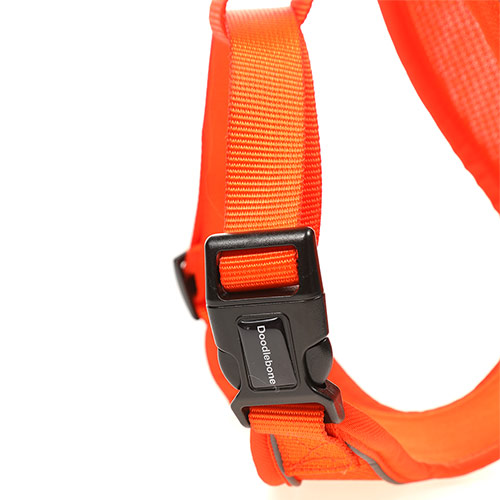
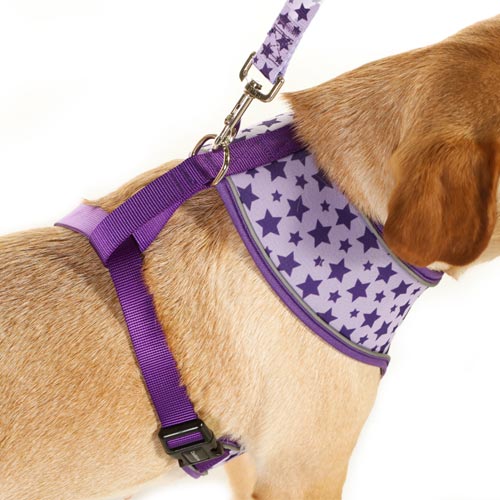
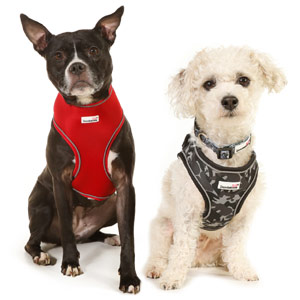

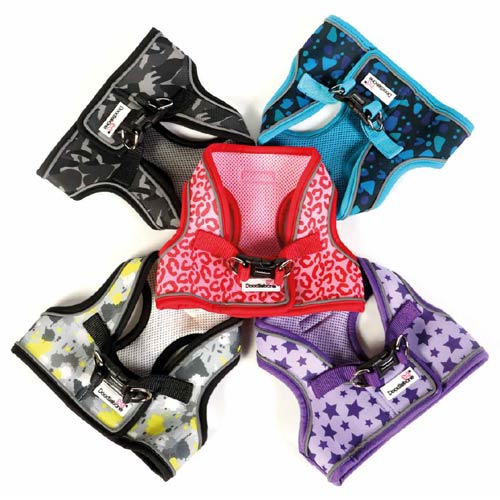
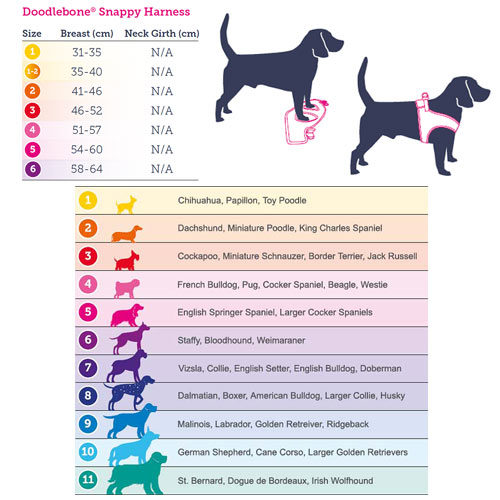
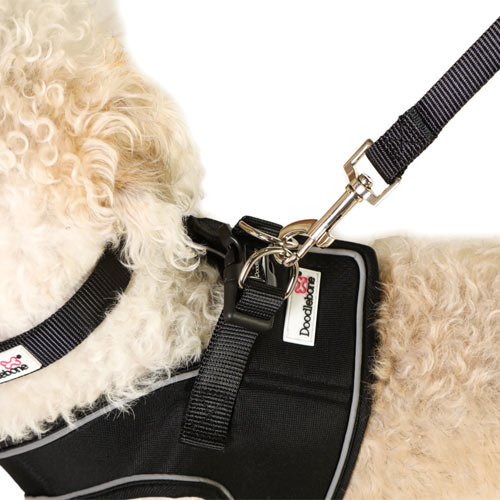
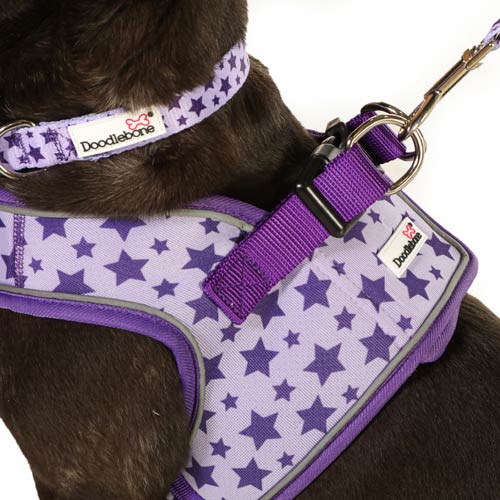
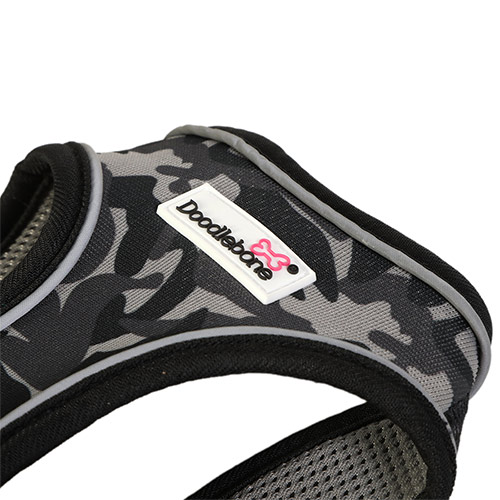
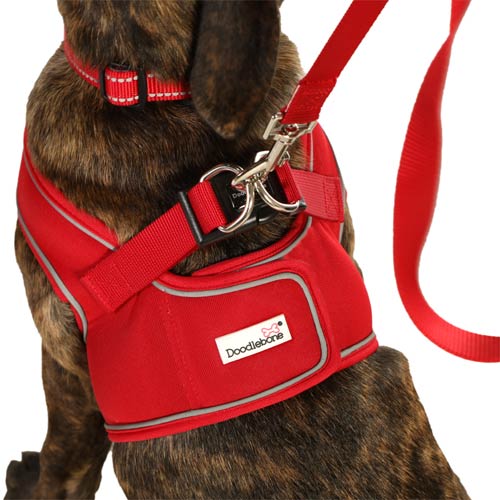
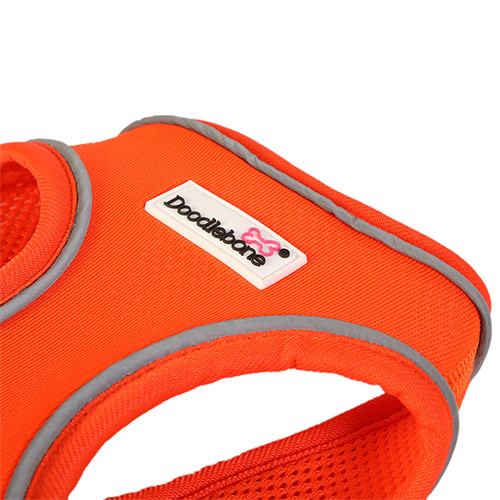
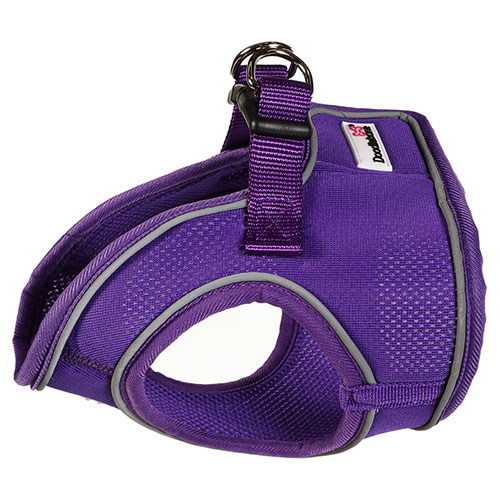
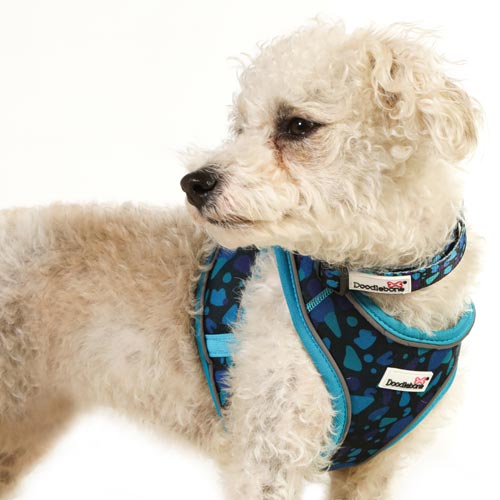
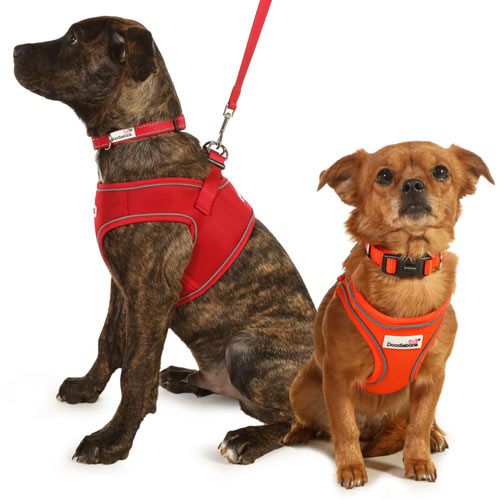
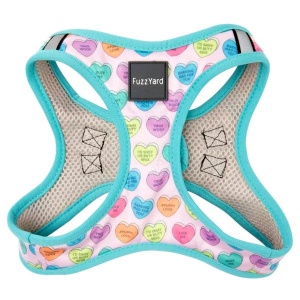
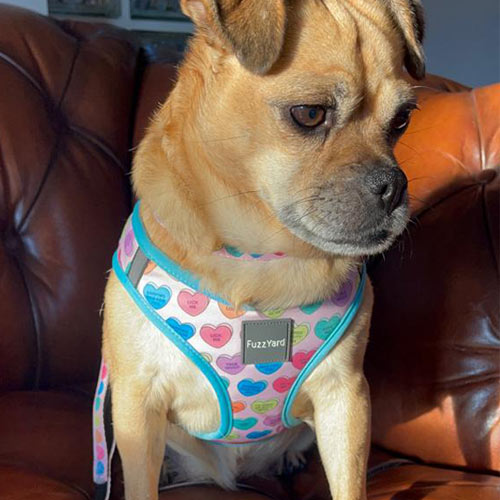
.jpg)
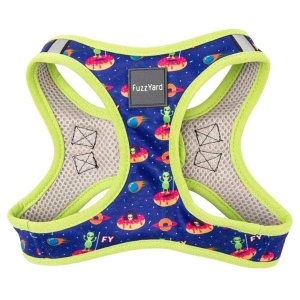
.jpg)

.jpg)
.jpg)
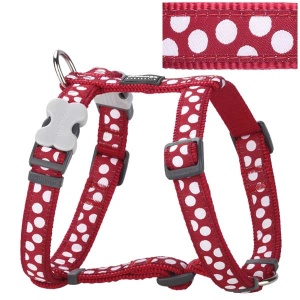
.jpg)